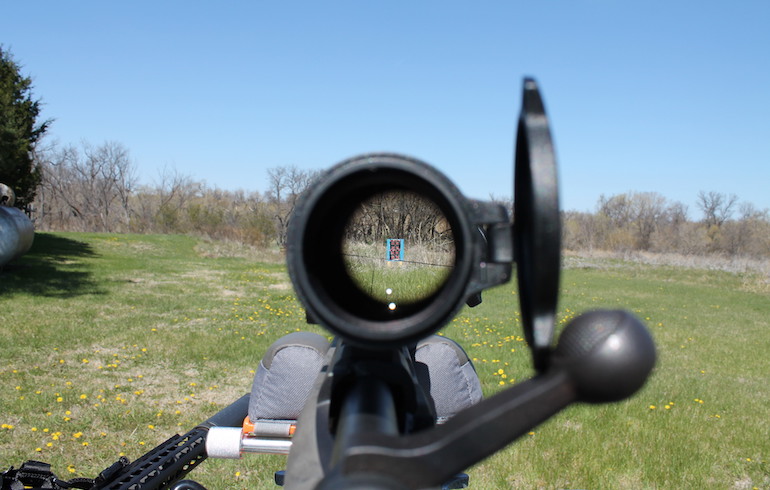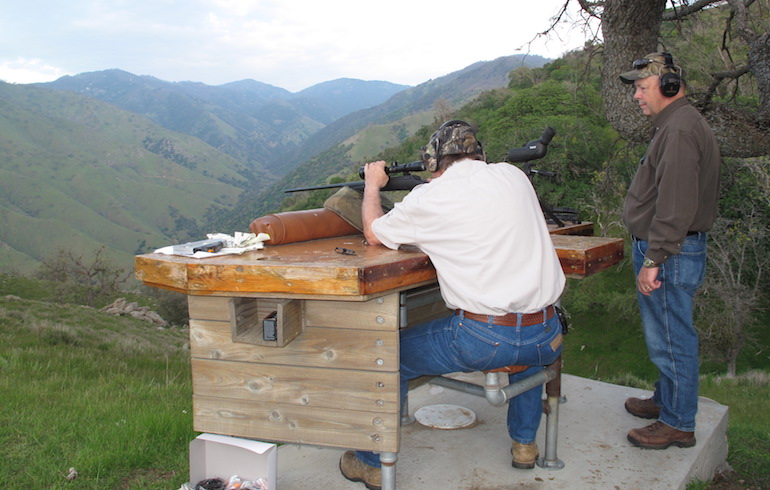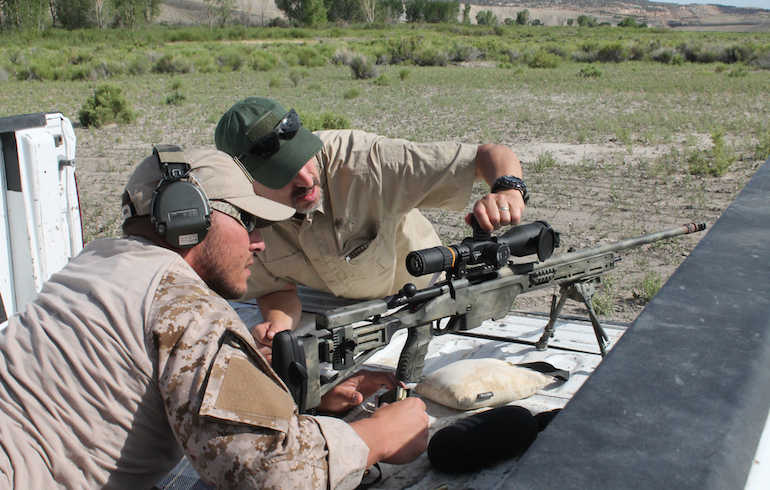Understanding and Correcting Parallax
Parallax is one of the most misunderstood concepts among shooters. Many sportsmen think it merely has to do with bringing the reticle into focus on the object.
That is a byproduct of correctly adjusted parallax, but it does not explain the phenomenon nor will merely turning the ocular to bring the reticle into focus correct it. Parallax occurs when the target and reticle are on different planes within the scope.

It is detectable when you move your head or eye around while looking through the scope, and the reticle appears to move or swim around the object at which you are aiming. This can cause the scope to be off target depending on how your eye aligns with the optic and lead to poorly placed or completely missed shots. What you need is for both the reticle and target to be on the same focal plane.

Watch as Ron Spomer explains parallax with an easy-to-understand demonstration.
For many hunters shooting at ranges of 250 yards or less, parallax isn’t a concern. Most centerfire rifle scopes without parallax adjustment are set at 150 yards, which is fine for shots at distances under 250 yards. Rimfire or pistol scopes are set at even less. But most scopes made for more long-range shooting do have a parallax adjustment, either as an adjustable ring on the objective lens or more commonly as an adjustable turret on the side of the scope.
To adjust a scope where parallax is an issue, adjust the parallax adjustment all the way to infinity. Then aim your rifle at a target set at a known distance, obtain a sight picture through the optic and adjust the knob or ring back until the reticle becomes clearer. Make it as crisp as you can here. Then, lift your cheek off the stock while still looking through the scope and move your eye around. Still see the crosshairs moving off target some when you do?

Keep adjusting—slowly then checking, slowly then checking—until you can move your eye around a little while looking through the scope and the crosshairs of the reticle don’t move off the target, but rather stay crisp and centered right where they should.
Now your parallax should be set and you should be ready to shoot or hunt. Lock the adjustment in. You shouldn’t have to ever touch it again unless someone else has been shooting your gun or it has been dropped hard. Then you may want to at least check it.




